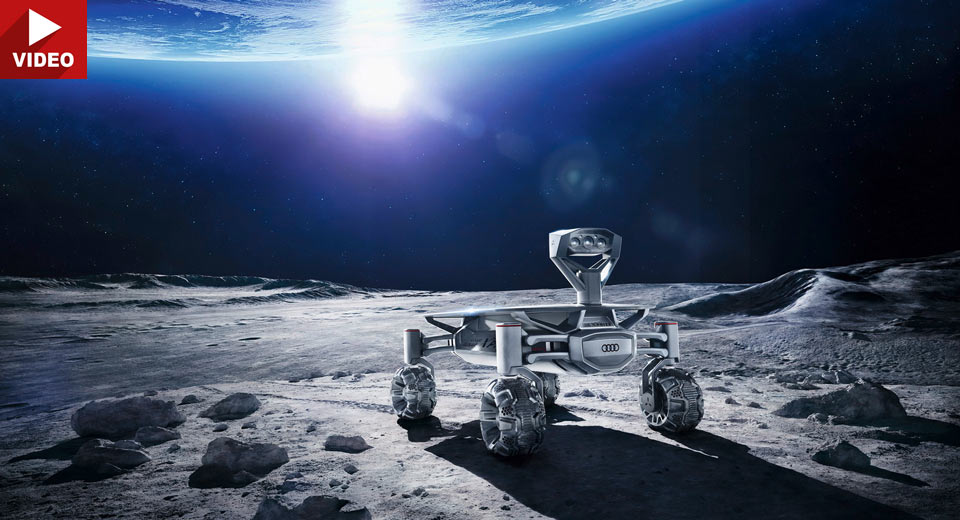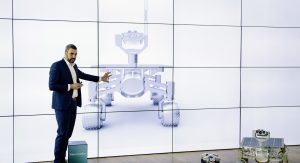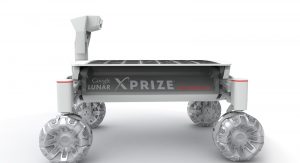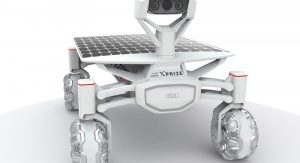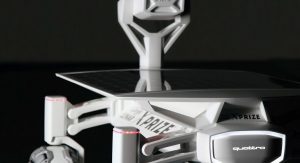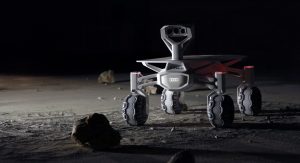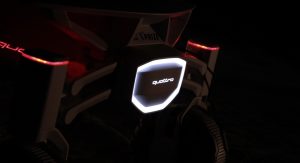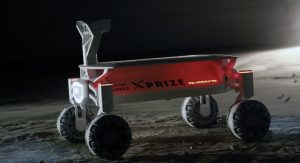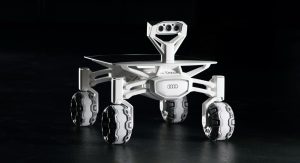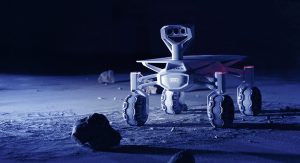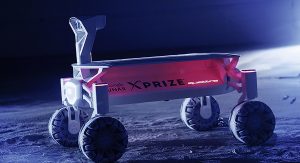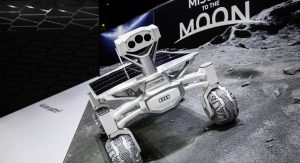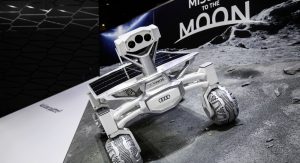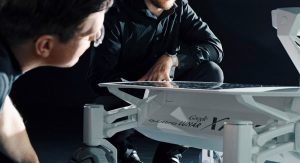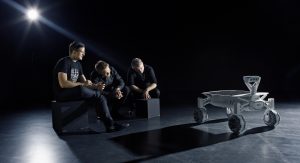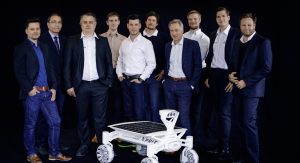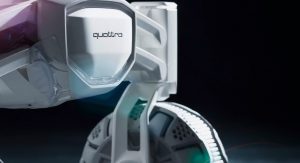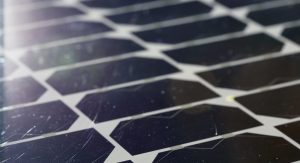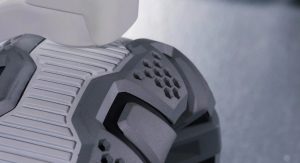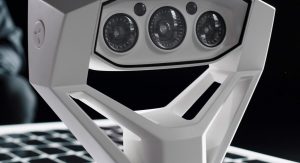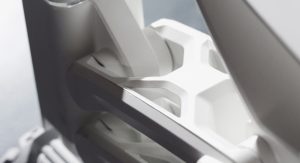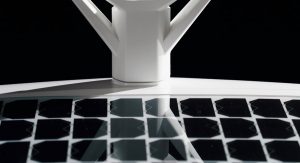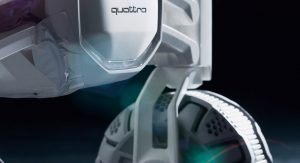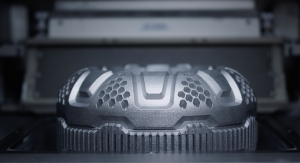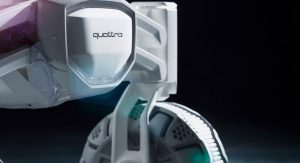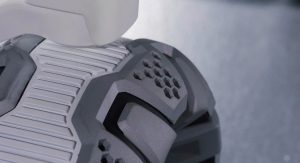One small step for man, one giant leap for Audi and their Moon-conquering Lunar Quattro, which will be taken to the Moon using a launcher booked with Spaceflight Inc.
Announced by the German space travel team ‘Part-Time Scientists’ earlier this week at Audi City in Berlin, the rocket will help the rover complete the 385,000 km (~240,000 miles) trip to the moon at the end of next year.
“The collaboration with the Part-Time scientists is also very enriching for us: We are breaking new technological ground with the Audi Lunar Quattro and can learn much about how automotive components behave in extreme conditions“, said Michael Schoffmann, the Head of Audi Transmission Development and Development Coordinator of the Audi Lunar Quattro.
Over the past few months, the small army of engineera behind the German rover has been working on its intelligent all-wheel drive power distribution, optimizing its high-performance electronics. Additionally, the vehicle has been enlarged in order to cope with the Moon’s harsh terrain, but despite this, it has lost 8 kg (18 lbs) by adopting a mix of materials and using aluminum 3D printing and it now tips the scales at just 30 kg (66 lbs).
Before it will embark on its lunar expedition, the Audi Lunar Quattro will spend the next few months in the Middle East, where it will simulate the entire mission. Not one, but two rovers will be put through their final test, away from our planet, and once there, each of them will use four cameras to find their way around, examine objects and take 3D and 360-degree pictures. Helped by ALINA, the landing module of the Part-Time Scientists, the Audi Quattro Lunar will touch the ground close to the Apollo 17’s landing zone.
For the adventurous journey, the project partners NASA, the European Space Agency (ESA) and Wikipedia, which have shown “substantial scientific interest in the mission”.
VIDEO
var rootURL=”https://audimedia.tv”; var dataSourceAuthToken=”e25b42847dba18c6c8816d5d8ce94c326e06823ebf0859ed164b3ba169be97f2″;



